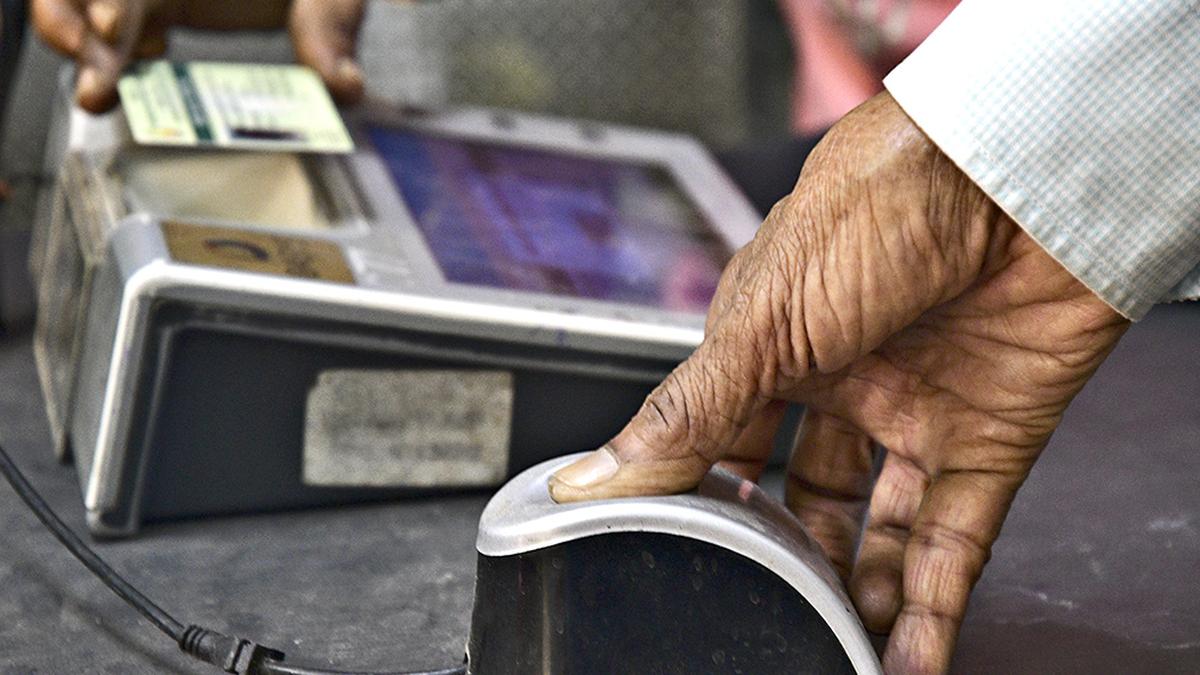



India’s Soil Health Card Scheme, launched in 2015 by PM Modi, empowers farmers with nutrient insights, fertilizer recommendations, and sustainable practices. It utilizes twice-yearly soil testing, village labs, school programs, and a GIS-enabled mobile app. Integrated into RKVY, the scheme revolutionizes agriculture, preserves soil fertility, and ensures long-term food security.

Copyright infringement not intended
India marks a decade of Soil Health Cards by providing nutrient insights via lab tests, mobile GIS mapping and school programs to boost sustainable farming.
On February 19, 2015, Prime Minister Narendra Modi launched the Soil Health Card (SHC) Scheme in Suratgarh, Rajasthan to empower farmers by providing soil nutrient data and fertilizer recommendations, thus promoting sustainable farming practices.
The Soil Health Card Portal generates standardized SHCs in major Indian languages and dialects, ensuring accessibility nationwide.

Key Features of the Soil Health Card
The SHC analyzes 12 soil parameters:
Based on these results, the SHC prescribes optimal fertilizer dosages and soil amendments. Soil samples are collected twice yearly—post-Rabi (winter) and Kharif (monsoon) harvests or when fields are fallow.
Village-Level Soil Testing Labs (VLSTLs)
In June 2023, the Ministry of Agriculture issued guidelines to establish VLSTLs, to allow rural entrepreneurs (aged 18–27), Self-Help Groups (SHGs), schools, and agricultural universities to set up labs.
As of February 2025, 665 VLSTLs operate across 17 states, decentralizing soil testing services.
School Soil Health Programme
In 2023, the Department of Agriculture partnered with the Department of School Education & Literacy (DSE&L), Indian Council of Agricultural Research (ICAR), and state governments to launch a pilot project in 20 rural schools (10 Kendriya Vidyalayas and 10 Navodaya Vidyalayas). The program:
By 2024, the program expanded to 1,020 schools, with 1,000 labs and 125,972 students enrolled.
Integration into Rashtriya Krishi Vikas Yojana (RKVY)
Since 2022–23, the SHC Scheme has been a component of RKVY under the “Soil Health & Fertility” umbrella, ensuring sustained funding and implementation.
SHC Mobile App
In 2023, the Government revamped the SHC portal and introduced a mobile app with Geographic Information System (GIS) integration:
The app, developed by the National Informatics Centre (NIC), streamlines sample collection and SHC generation, enhancing transparency and farmer access.
The SHC Scheme has revolutionized agriculture by providing farmers with soil-specific information, reducing fertilizer waste, and increasing crop yields. The scheme is essential to preserve soil fertility and ensuring food security for future generations.
Must Read Articles:
Transforming India's Fertilizer Industry for Sustainable Soil
Source:
|
PRACTICE QUESTION Q. Explain the role of soil health in achieving the Sustainable Development Goals (SDGs). 150 words |



© 2025 iasgyan. All right reserved